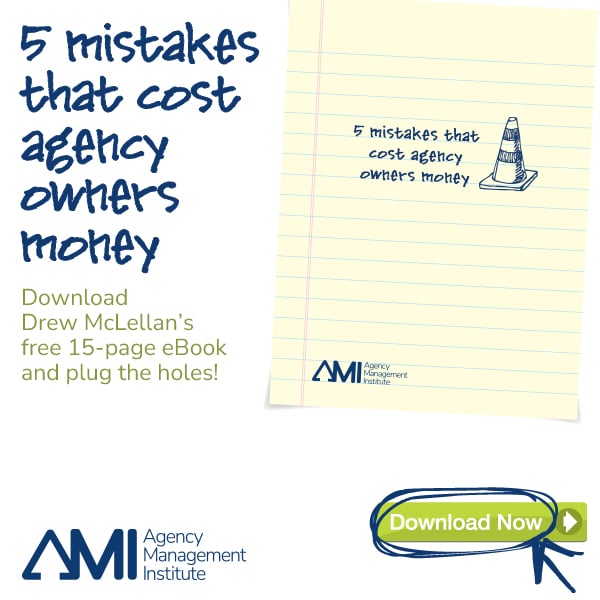Overstaffing can break your small business — here’s how to know when to fire someone
Small business owners often have little time to develop strategies to effectively monitor their company’s financial health. As a result, many of them know what their company needs to survive, like how much revenue they need to cover payroll, but not what they need to thrive. The difference between surviving and thriving often boils down to [...]


